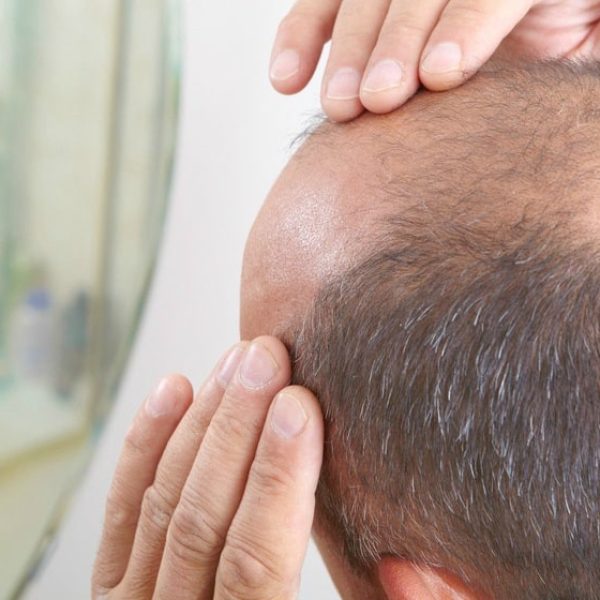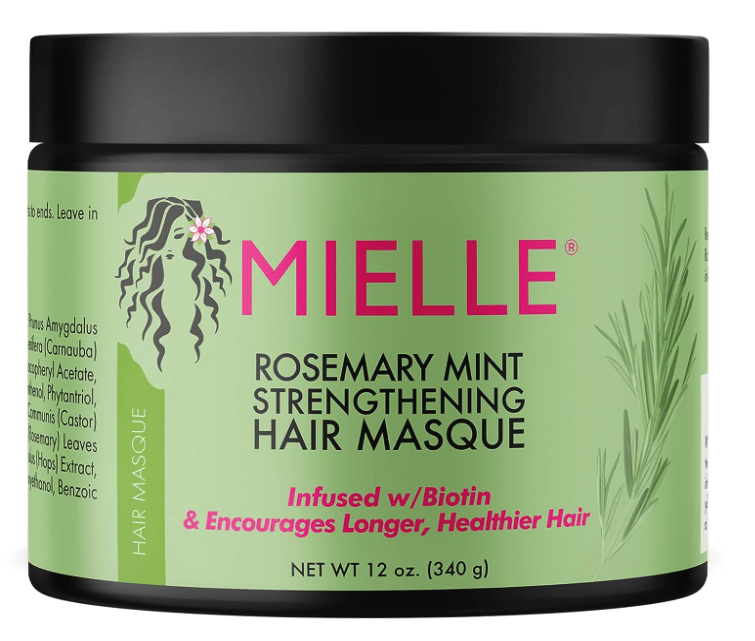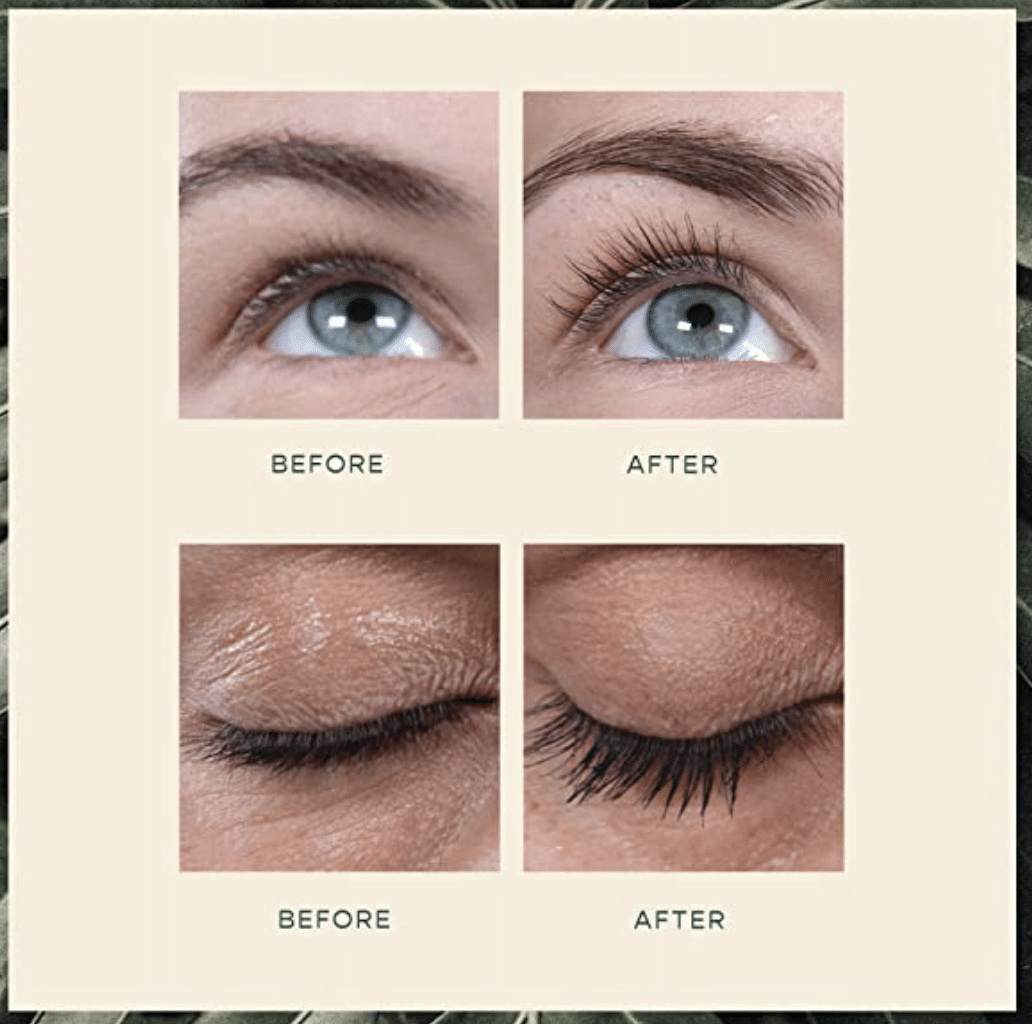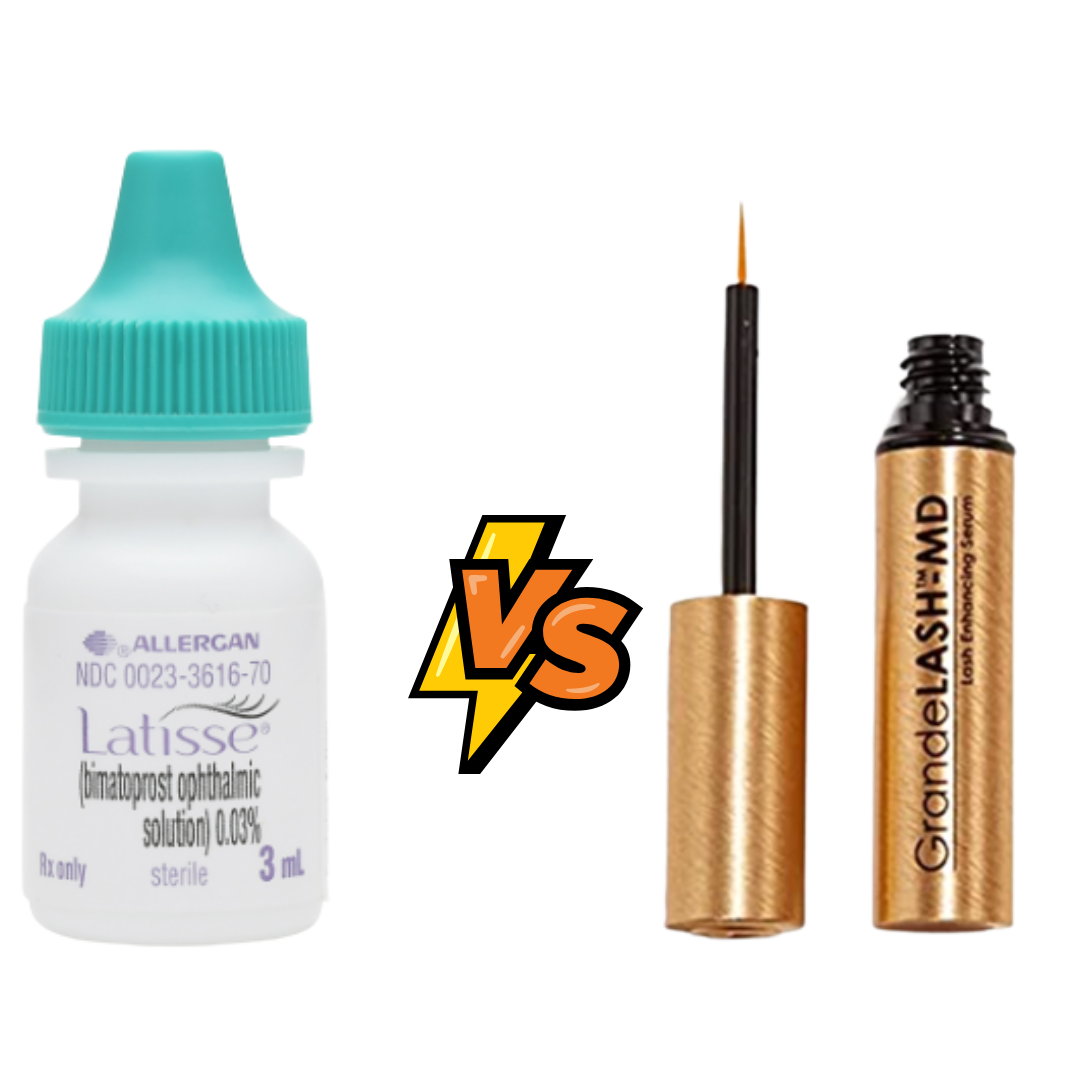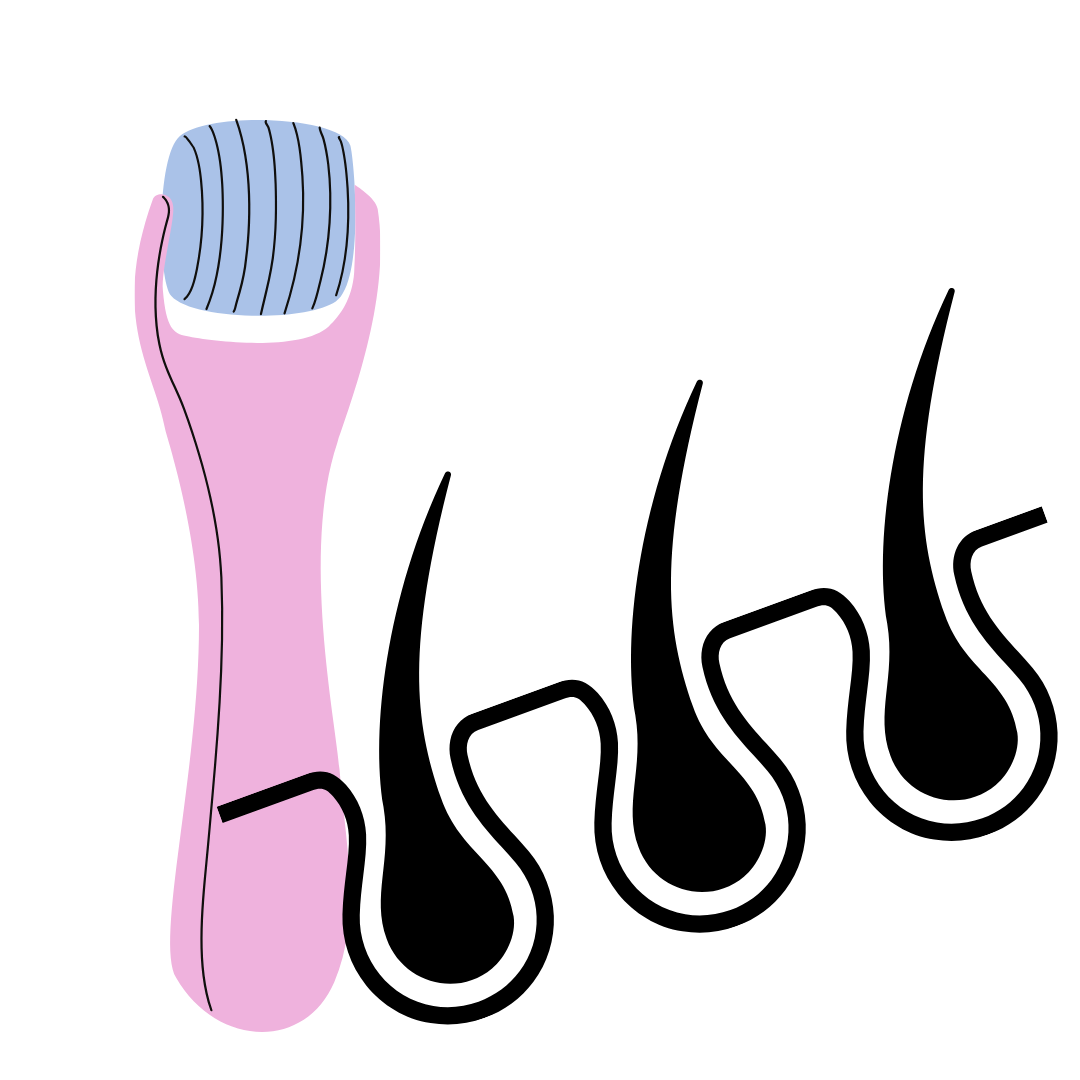Is it over for good? Have scientists may have cured baldness once and for all?
Scientists at the Sanford Burnham Prebys Medical Discovery Institute are calling the trials a “critical breakthrough.” They shared their findings at the International Society for Stem Cell Research in Los Angeles, and a newly formed company called Stemson Therapeutics has already licensed the technology.
How does stem cell technology work for baldness?
In the study, human stem cells were combined with mice cells, and attached to a biodegradable “scaffold” to help guide the direction of the hair growth through the skin. The scaffolds are made out of the same material as dissolvable stitches, and help control the direction of hair growth.
The scientists are now looking at how to apply the same process to humans, using stem cells derived from the subject. This would give the cells a better chance of being accepted by the subject’s immune system.
Stem cells hold promise, since they’re how the body produces hair naturally. According to an article by James Hamblin, M.D., a preventive medicine physician, it takes thousands of stem cells, called dermal papillae, in each hair follicle to product a single hair. Over time, these dermal papillae disappear, making the follicle dormant; lots of dormant follicles cause baldness. Currently, hair transplants are the only way to really address bald spots, but the treatment is expensive and has limited success.
Growing new, healthy strands is the holy grail of hair-loss prevention, and recent research shows that stem cells could be a viable way to do it. The research is based on cell therapy, where a person’s own stem cells are taken from their blood, then used to grow tissues they need, such as insulin-producing pancreatic tissue for people with Type 1 diabetes. Theoretically, it could work for hair, too.
At the most recent annual meeting in June of the International Society for Stem Cell Research, Alexey Terskikh, PhD, presented his findings from new research that appears to grow life-like hair in mice that don’t have hair because of genetic immunodeficiencies.
Terskikh took his discovery and co-founded Stemson Therapeutics, a new company that plans to license the technology for commercial application.
“Our new protocol described today overcomes key technological challenges that kept our discovery from real-world use,” says Alexey Terskikh, Ph.D.
Stemson Therapeutics is working on such a treatment. The company is developing “hair farms,” where stem cells taken from blood samples are used to grow healthy hair follicles, which can then be implanted on a person’s scalp. The company has already completed successful implants of human hair on mice.
“Simply putting the follicle in the skin means a lot of ingrown hairs and lots of weird directions,” said Geoff Hamilton, CEO of Stemson Therapeutics.
The study involved the human stem cells being combined with mice cells and attached to a 3D biodegradable scaffold, made from similar materials to dissolvable stitches.
Dermal papilla cells cannot usually be obtained in large enough amounts to be useful in restoring hair growth. But growing them from stem cells means scientists can create an unlimited supply for transplantation.
The findings were presented at the annual meeting of the International Society for Stem Cell Research (ISSCR) and received a Merit Award.
More than 80 million men, women and children in the United States experience hair loss. Genetics, aging, childbirth, cancer treatment, burn injuries and medical disorders such as alopecia can cause the condition. Hair loss is often associated with emotional distress that can reduce quality of life and lead to anxiety and depression.
“It could improve the lives of millions,” Dr Richard Chaffoo, a medical adviser to Stemson Therapeutics, said.
Modern medicine is full of its share of miracles, from finding cures for diseases like hepatitis C to preventing mass infections through vaccines.
One area of future potential that researchers are only beginning to tap are stem cells — cells that have the ability to become various other types of cells in the body to repair damaged tissue, functioning both as a mechanic and the spare part.
Engineering new hair is complicated, because multiple cell types must work together. It’s much simpler to transplant entire patches of hair-containing scalp to hairless places. This is the hair loss treatment Stemson aims to replace.
“Today there’s about 130,000 to 140,000 hair transplant surgeries performed in the U. S. each year, as reported by the International Society of Hair Restoration Surgery,” Hamilton said.
Hair transplants don’t produce more hair, they just move hair from a less conspicuous area, namely the back of the head, to areas without hair in the front, he said. But the Stemson process actually makes additional hair, as the 2015 study indicated. And because stem cells can be multiplied as needed, it provides an unlimited source of new hair.
Stemson plans to grow hair for customers using their own IPS cells. Because these cells come from the person to be treated, they are expected to be accepted by the immune system.
Eventually, the company wants to provide transplants made from cells taken from other donors. This would allow the hair to be grown in advance and bring down costs. But such transplants of “allogeneic” cells must be made immune-compatible to avoid rejection.
While the haircare industry might tell you otherwise, there’s no magic cure for thinning hair. Regardless of whether it’s reliable cures like Rogaine or new businesses like Hims, the greater part of these items simply moderate hair loss or on the other hand thicken diminishing strands. They can’t really counteract it, or bring back the entirety of your lost hair. In any case, that may before long change. Rising exploration demonstrates that immature microorganisms—cells that can possibly form into different sorts of cells—could be the way to regrowing genuine, sound hair once your mane has dispersed.
“We haven’t cracked that code just yet,” Hamilton said.

